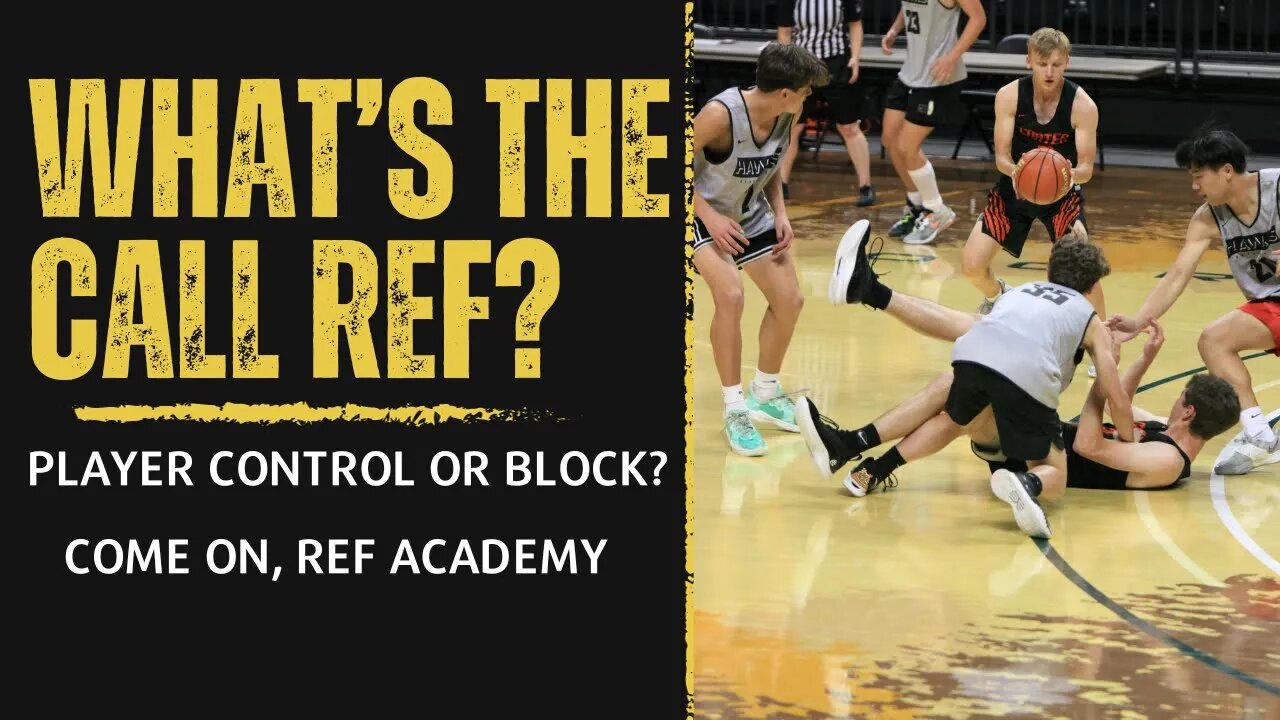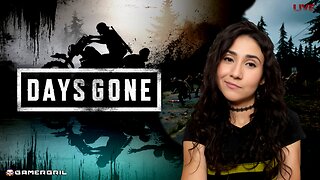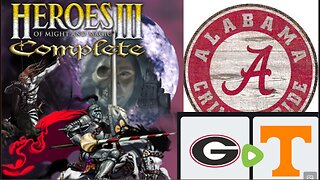Premium Only Content

You Make the Call: Player Control, Block or Let it Go!
A player control foul, often simply referred to as a "charging" foul in basketball, is a common type of personal foul that occurs when an offensive player with the ball initiates contact with a defensive player who has established a legal defensive position. The key elements of a player-control foul include:
Offensive Player with the Ball: The foul must involve an offensive player who is in possession of the basketball. This means the player has control of the ball, typically by dribbling or holding it.
Defensive Player's Legal Position: The defensive player must establish and maintain a legal defensive position before the offensive player makes contact. To establish a legal position, the defender must have both feet on the floor and be facing the offensive player. The defender cannot move laterally or forward while trying to establish this position; they must have their position established before the contact occurs.
Offensive Player's Responsibility: The offensive player must avoid charging into the defender once they've established their legal position. Charging occurs when the offensive player uses their body, usually their torso or shoulder, to forcefully run into or make contact with the defender.
Offensive Foul: If the referee determines that the offensive player has initiated the contact and committed a charging foul, they will blow the whistle and signal a foul. The offensive team loses possession of the ball, and the opposing team is awarded a throw-in from the spot where the foul occurred.
Charging fouls are intended to reward defenders for maintaining their position and to discourage offensive players from using their bodies to forcefully create space or drive to the basket. The rule is in place to promote fair play, prevent dangerous collisions, and maintain the integrity of defensive positioning.
It's worth noting that the specific interpretation of charging fouls can sometimes be a subject of debate and may vary depending on the level of play and the judgment of the referees. Additionally, there are exceptions to this rule, such as when the defensive player is moving laterally or not in a legal guarding position, which could result in a blocking foul being called instead.
-
 LIVE
LIVE
Vigilant News Network
2 hours agoFDA Approves Trials for New “Pandemic” Vaccine | Media Blackout
1,745 watching -
 LIVE
LIVE
GamerGril
3 hours agoIM THE GREASTEST OF ALL TIME AT.... CHAOS | DAYS GONE
1,035 watching -
 3:00:18
3:00:18
Due Dissidence
1 day agoTHE PEOPLE VS NATURE by Kevin Augustine - plus a talkback w/ Jimmy Dore
35.5K6 -
 6:02:06
6:02:06
Rotella Games
8 hours agoMake the Hood Great Again | Day 3 | GTA San Andreas
21.5K5 -
 2:50:48
2:50:48
PudgeTV
8 hours ago🟡 Practical Pudge Ep 48 with "Willie Faulk" | Catching Up With Old Friends
25.3K1 -
 18:32
18:32
Forrest Galante
21 hours ago5 Extinct Animals That I Believe Could Still Be Alive...
136K33 -
 DVR
DVR
Major League Fishing
3 days agoLIVE! - General Tire Team Series: Summit Cup - Day 1
125K7 -
 7:05:23
7:05:23
Hevel Gaming
1 day ago $68.78 earnedNCAAF Tennessee at Georgia While with Heroes of Might and Magic III & Helldivers 2
232K23 -
 6:34:08
6:34:08
MissesMaam
22 hours agoI'm Addicted | Sons of the Forest 💚✨
175K30 -
 11:22:12
11:22:12
a12cat34dog
1 day agoALMOST HAVE ALL GUNS DIAMOND :: Call of Duty: Black Ops 6 :: SO MANY ZOMBIES CAMOS {18+}
108K4